The Wednesday Ritual: Yoghurt Making
Every Wednesday one of us grabs the two empty plastic bottles from their spot in the kitchen and heads down the path beyond the edge of the property, through the meadows and the Sacred oak grove, towards Ognyan’s place. He’s sometimes just by the gate, other times you’d have to shout his name out loud, and he would come with two full bottles of sheep and goat milk mixture. Once we exchange the empty bottles for the full ones, and after he gets his 15 leva for the milk he’ll often begin to talk about the good old times.
The way back up the path can be tough though, with about five kilograms extra on you.
I like to put the milk in a big pot almost immediately after I arrive. Before pouring the milk in, though, it’s advised to pour a thin layer of water on the bottom, less than a centimetre thick, as to prevent the milk proteins and fats from sticking to the hot metal surface. I set the stove on high, so that I can bring the milk to a high temperature faster, but I make sure I stir it often to prevent it from burning.
Foam will begin to form on the surface when it’s close to a boil, and once the foam starts rising it should be taken off the stove immediately.
After I’ve rinsed them, the jars are set on the table, all nine of them, and I then pour the hot milk and close the lids. The heat will sterilise the containers, which prevents the yoghurt from developing any funky tastes from random, potentially dangerous hitchhiking bacteria. Then I’ll wait for a little less than an hour until the full jars have cooled down enough for me to hold them without trouble. My main method for measuring the temperature is dipping my little finger in the milk after I’ve washed my hands well with soap and lukewarm water. If I’m able to keep my finger submerged for longer than 5 seconds, then the milk is cool enough to be inoculated. And for this purpose I save half a jar of yoghurt from the previous batch, which I dilute a little with the sterilised milk, and then put about four tablespoons of this starter mixture in each one of the new jars.
After that’s done the jars should be sealed and covered with a cloth, so any further cooling is slowed down. The bacteria needs a few hours of incubation time to reproduce, break down the lactose and turn it into lactic acid, or in other words – to turn the milk into yoghurt.
The taste will depend on the amount of incubation time. If you’re impatient and open a jar too early you’ll find that the milk, despite being creamy will have a more liquid consistency, and a fresh milk aroma with barely any sourness to it. Leave the milk for longer than usual and you’ll get a strong and more sour result. To me, all stages of yoghurt are equally delicious!
Written by Boyan

